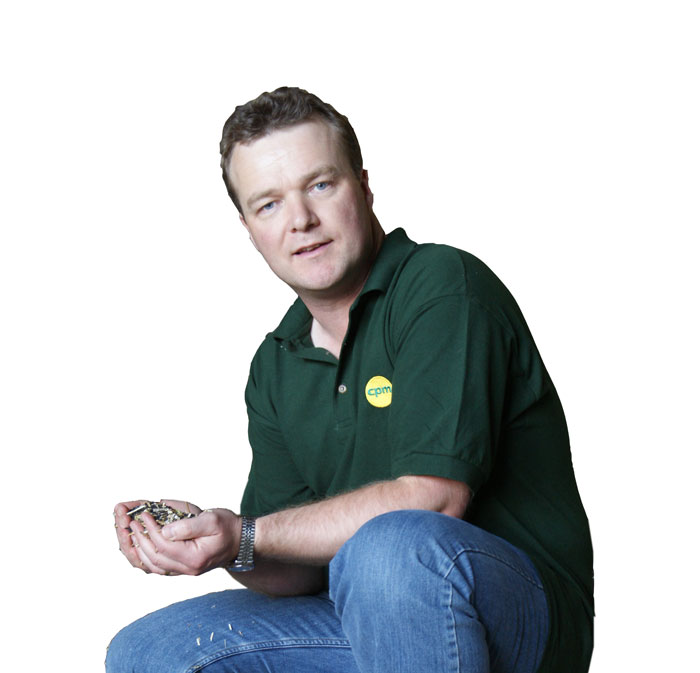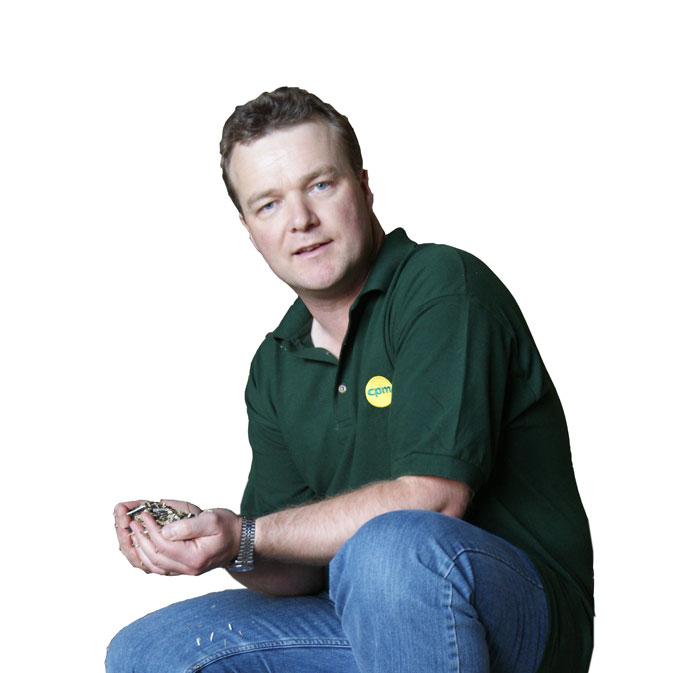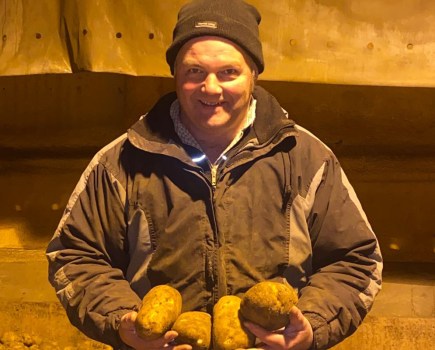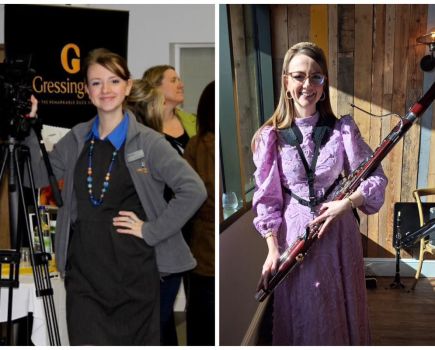 I remember on one of my first trips to London being taken in, at the tender age of seven, by what I heard from a doom-monger at Speakers Corner in Hyde Park – it had never occurred to me that the world could actually end, and it would all be because of our sins.
I remember on one of my first trips to London being taken in, at the tender age of seven, by what I heard from a doom-monger at Speakers Corner in Hyde Park – it had never occurred to me that the world could actually end, and it would all be because of our sins.
Such prophesies tend to wash over us as we get older and develop our doom-monger filter. But I find mine has been working overtime in recent weeks with the seemingly endless reports about biodiversity decline linked to agriculture. Two come to mind: Worldwide decline of the entomofauna: A review of its drivers, published in Biological Conservation, and the FAO’s State of the World’s Biodiversity for Food and Agriculture.
With the first, it’s not so much the report, and its main finding that 40% of insect species are threatened with extinction, but how it was interpreted and reported. Even the doom-mongers in the national and broadcast press appeared to disagree with each other over the causes, impact and just how long it would be before our sins caused the world to fold in on itself.
The disputatious Chris Packham then waded in with the tweet: “Greed for money is driving this apocalypse. The agrochemical giants’ power over the farming lobbyists who have brainwashed the farmers into thinking that we need poisons for produce. It’s a lie and earth is dying.”
Chris is probably the most unhelpful doom-monger of all. We’re assured he earned his CBE for services to nature conservation, and he’s certainly received plenty of praise from Michael Gove. But whenever he talks about farmers, I find his comments at best condescending and at worst insulting – he’s happy to lob grenades but doesn’t seem interested in actually working with farmers to make a difference.
The result is that our doom-monger filter blocks the whole lot out, including the report itself. And that’s a shame, because if you read it, it does raise relevant issues and prompt important questions. The declines are real and pretty irrefutable, for example. What’s more, many of the studies summarised are relevant to the UK, and habitat loss, linked primarily to agriculture, is the biggest driver.
But many of the studies are historical – some concluded before I started farming, or even before I was born. So I’d like to know about the positive practices I’ve introduced, as have hundreds, possibly thousands of other farmers – are they making a difference? Has the decline slowed? Has the ban on neonicotinoids made the slightest difference?
Rather than beat us over the head with doom-laden statistics, will scientists please work with farmers to ensure we can and are making a credible difference?
The second report demands attention, not least because it’s compiled by FAO. One ‘key fact’ to pull out, that’s been widely reported, is that of the 6000 plant species cultivated for food, only nine account for 66% of total crop production.
On the face of it, this could be quite alarming – if we’re only growing nine species of the 6000 available, that’s bound to have a negative effect on biodiversity. But equally, it raises a whole host of questions: is it the species themselves, or the way they’re farmed that impacts on biodiversity? Can you compensate by introducing a variety of species at the field edge? Is it really a problem that we only grow nine for food, and if it is, is it more of a dietary health issue than biodiversity?
Again, if an attempt was made to engage the farming community right at the start of these studies, rather than beat us over the head with the results, they might have asked the right questions, and we may even have some solutions. And lack of funding is no excuse – if those bodies can afford to trot out doom-mongering statistics in a bid for self-publicity, they can surely afford the research to work with farmers to find the answers.
And as UK arable farmers we desperately need answers and credible statistics. This was raised during the combinable crops session of the NFU conference last month. Mike Green, biodiversity specialist at BASF, gave a presentation on how crop production and delivery of environmental services can go hand-in-hand. He raised the issue that farming’s contribution to natural capital is neither properly recorded nor costed.
So when the Cabinet meets in future years to discuss the value for money for the £3.2bn of public funds we currently receive, what statistics will the Defra Secretary pull out?
If we’re not careful it’ll be the very doom-laden stats that the likes of Chris Packham enjoy throwing at us to make us feel inadequate, and the funds will be smartly removed. But more importantly, if we have no proof that the good work we’re doing is making a difference, we might just as well give up, accept our fate and start preparing for Armageddon.
Tom Allen-Stevens has a 170ha arable farm in Oxon, until the day it gets swallowed up in fire and brimstone, at least. @tomallenstevens




